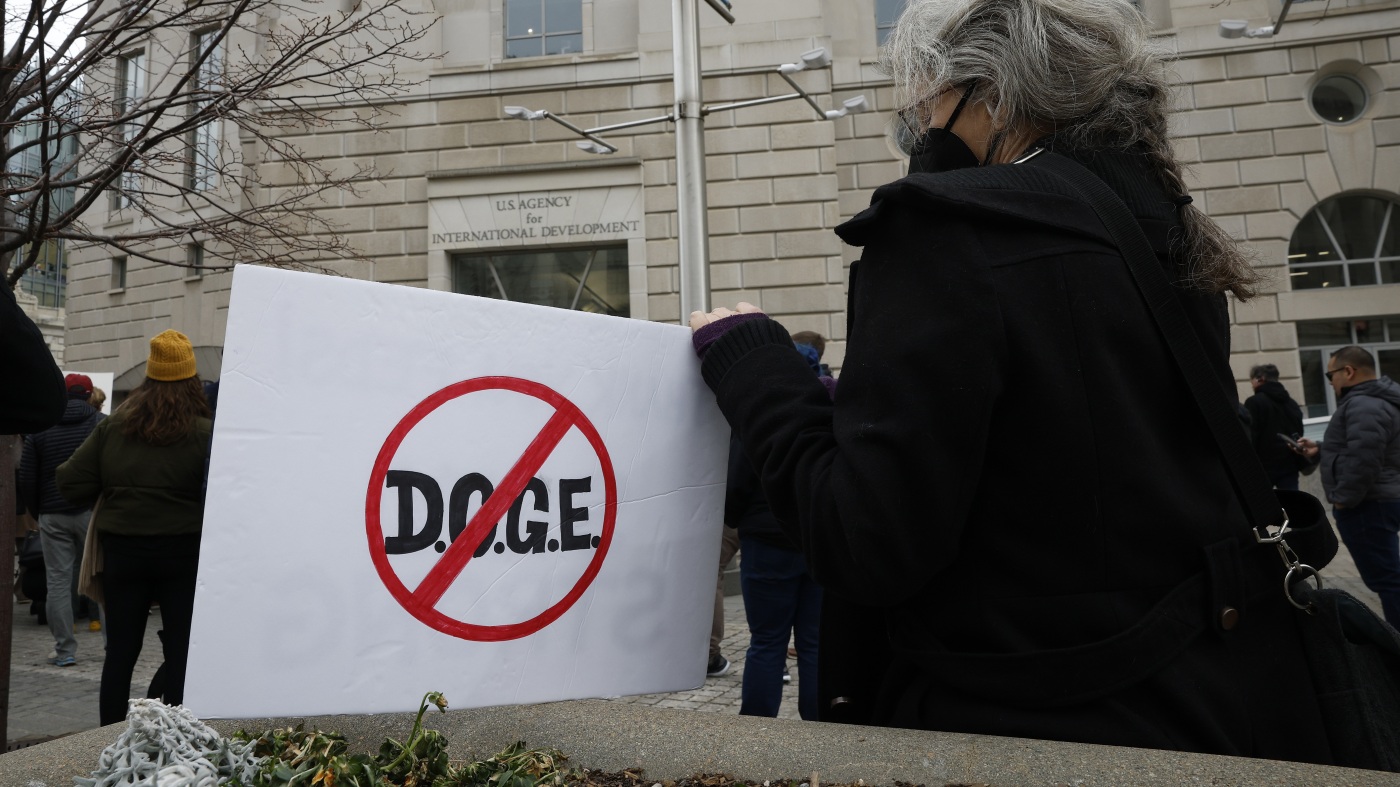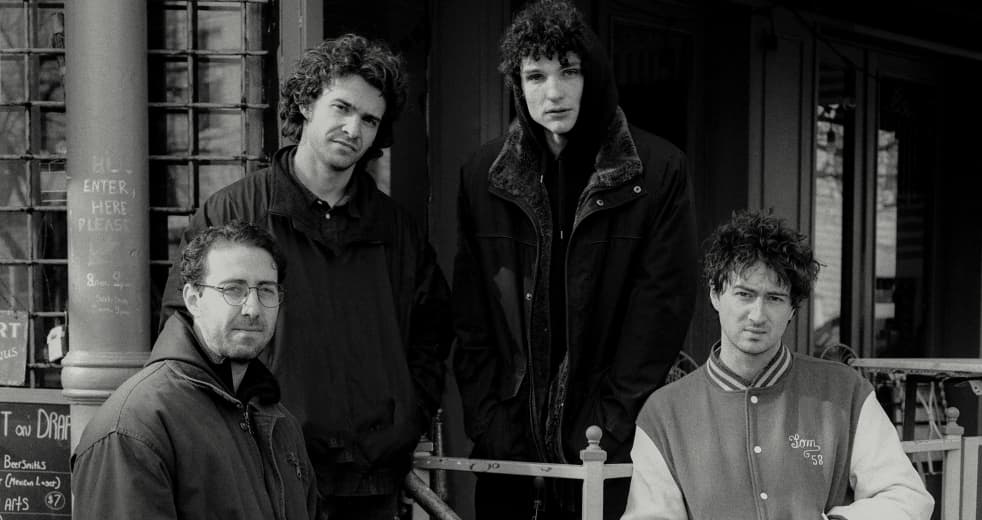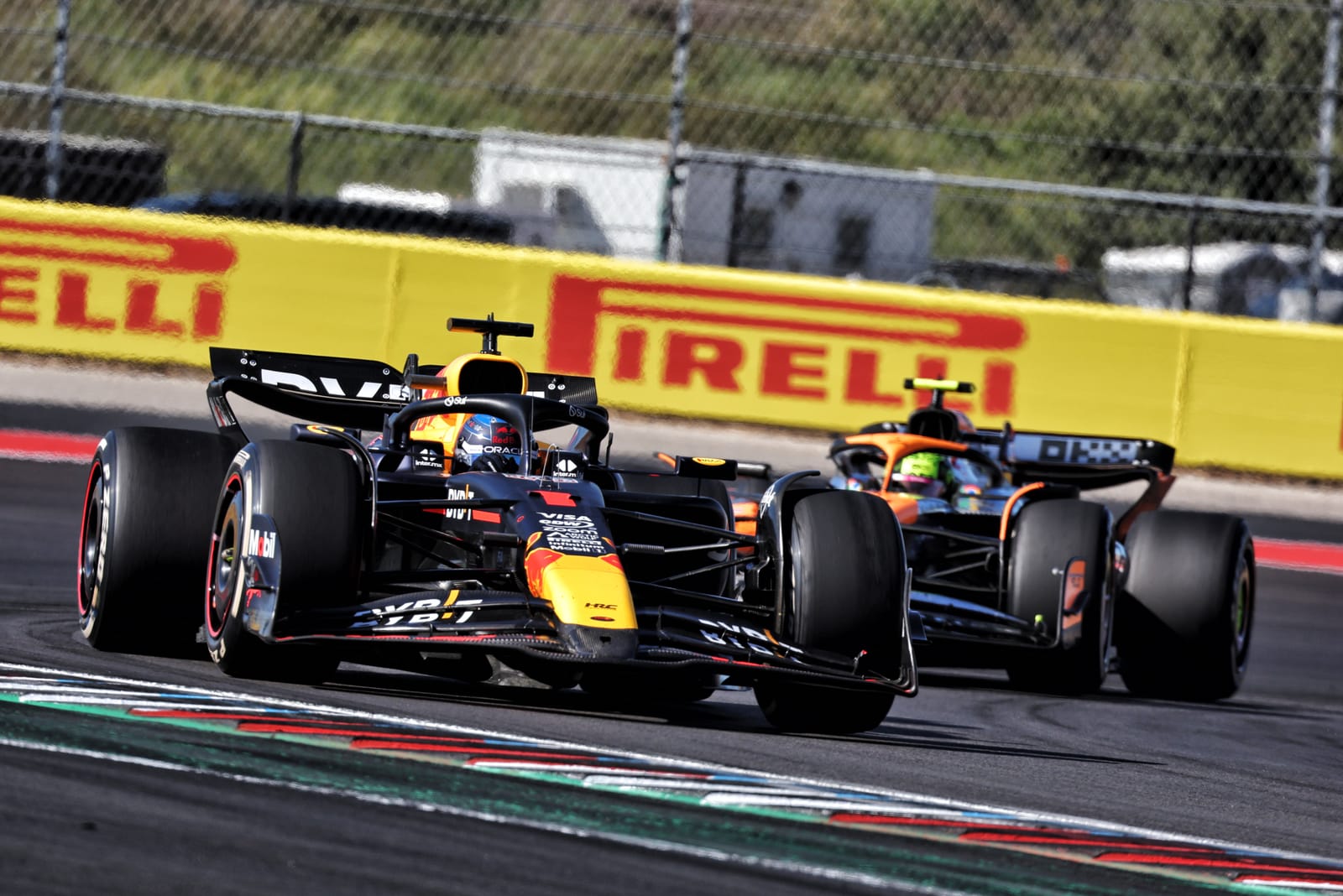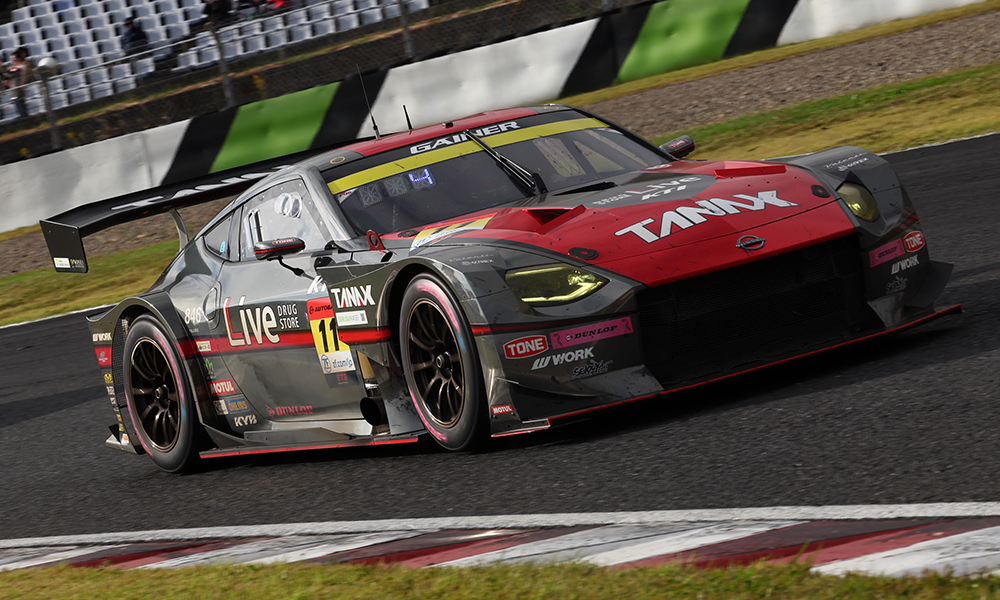The real winners and losers from the FIA's big F1 2025 U-turn
Who are the real winners and losers from the FIA's U-turn on approving a big mid-F1 2025 change? And is there any truth to the wild conspiracy theories? Jon Noble explains
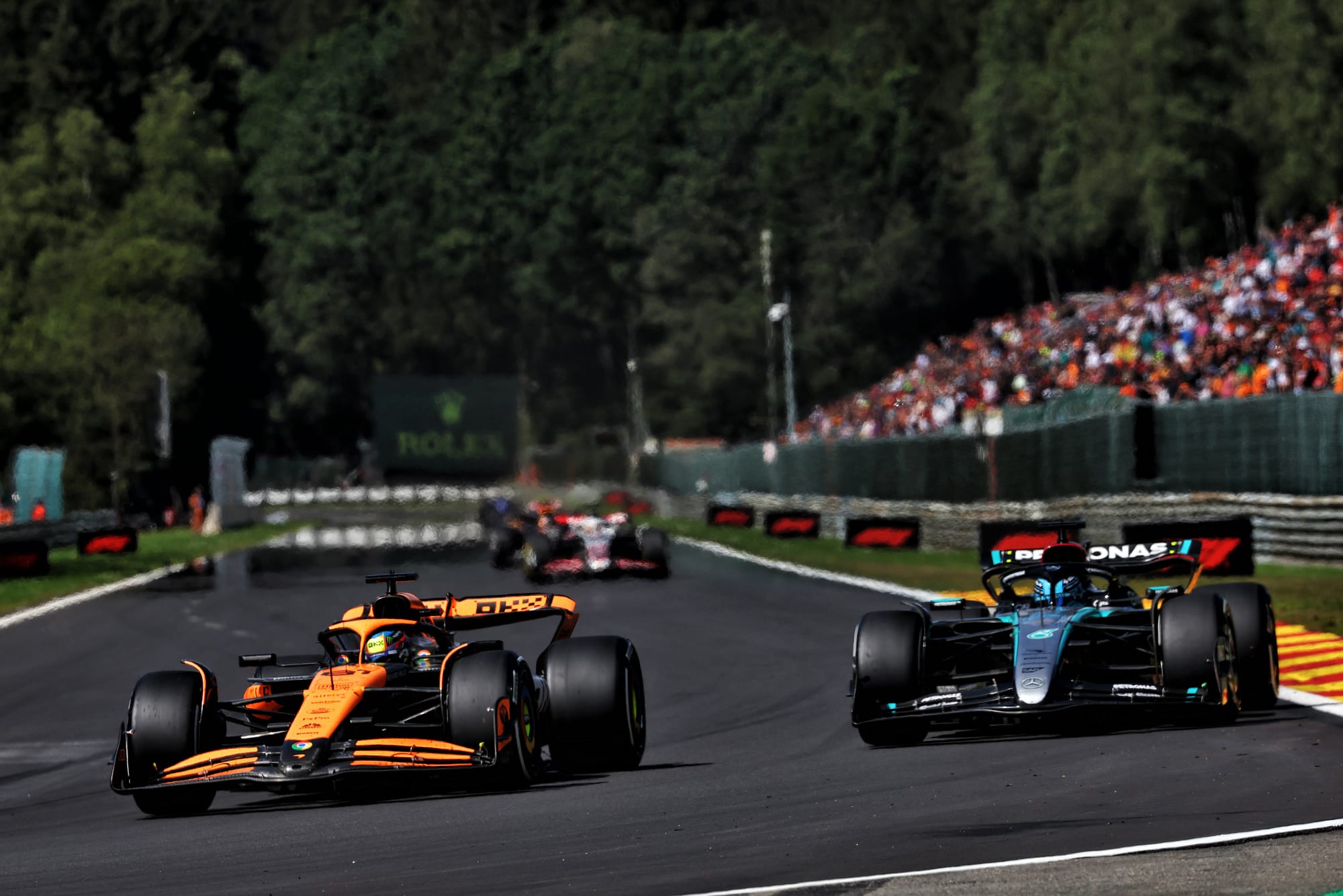

The news last week that the FIA had changed its mind about getting stricter on flexi wing antics in Formula 1 inevitably prompted intrigue about who stood to benefit the most.
Given motor racing’s governing body stating repeatedly during 2024 that it did not see the need for any intervention over what teams were doing with their wings, its change of heart hinted at some behind-the-scenes pressure being put to play.
At first glance, the new clampdown on an area of the car where McLaren and Mercedes had maximised gains, and consequently closed on the previously dominant Red Bull squad, would appear to have made McLaren and Mercedes the big losers.
So had their rivals been complaining and taken a win in finally forcing through some changes to slow McLaren and Mercedes down?
However the story took an interesting twist when a wild theory emerged that McLaren could actually be the big winner from the clampdown, and that it was bizarrely arch-rival Red Bull that could have been the target.
The conspiracy was that McLaren, well aware that its competitor had been making gains over the winter after flexi wings were given the green light by the FIA last year, pulled off a genius move in lobbying to get things tightened up at the 11th hour.
This would have had the double whammy of limiting any gains Red Bull could have made over the winter, and also have meant that it would have wasted valuable resources focusing on something that it could no longer use to full effect.
It was an entertaining narrative, but one that did not fit with the real sequence of events.
Firstly, because McLaren had not done any lobbying on this front, and secondly because the FIA’s change of heart in deciding to take action for 2025 had been openly discussed with teams over the winter and they've known about it for a while – even if things had been kept out of the public domain.
That is why suggestions that some teams may have been 'stitched up' by having to ditch expensive flexi wing developments late on appear to be wide of the mark.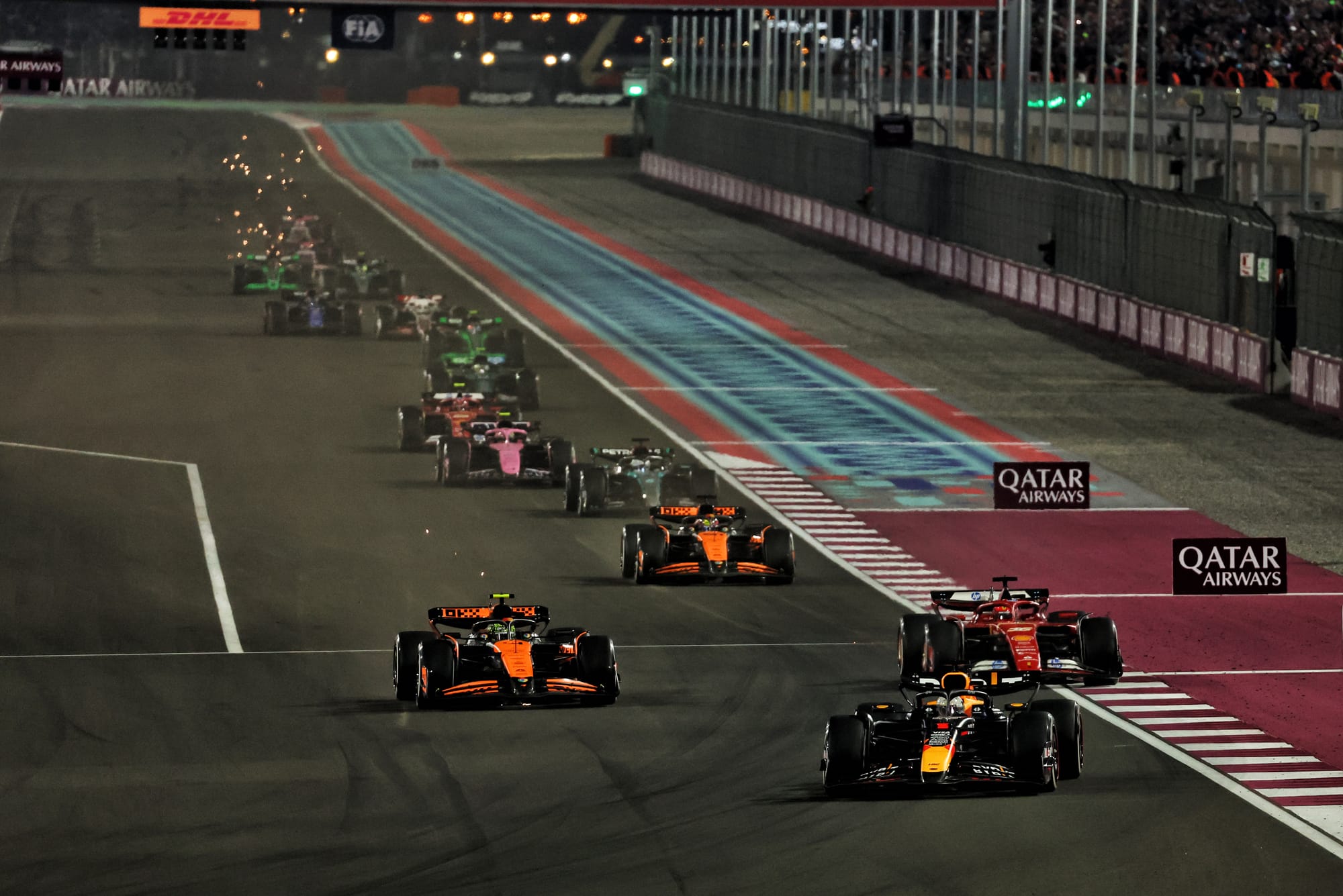
What was true though was that amid concerns about how aggressive some teams could get in taking their flexi wings to a new level in 2025, there had been a feeling from a lot of teams that putting a ceiling in place, to ensure that everyone was operating on a level playing field, was not a bad thing to do.
What was less certain in recent weeks though was when the new stricter test protocols would be put in place – with an original plan for it to be enforced from the Emilia Romagna Grand Prix in mid-May being eventually rolled back until the Spanish GP two weeks later.
That event, being race nine out of 24, is late enough in the season to also ensure that any work undertaken over the winter will not be completely wasted – even if it will mean an added distraction of teams having to set out on a second development path with their 2025 cars, all the while juggling 2026 development too.
From the perspective of the smaller squads, who had been reluctant to embark on the expensive development needed to perfect flexi wings, the ideal scenario would have been for the new stance to have come into force at race one – but that is something clearly the big squads were always going to fight against.
Who stands to lose out?
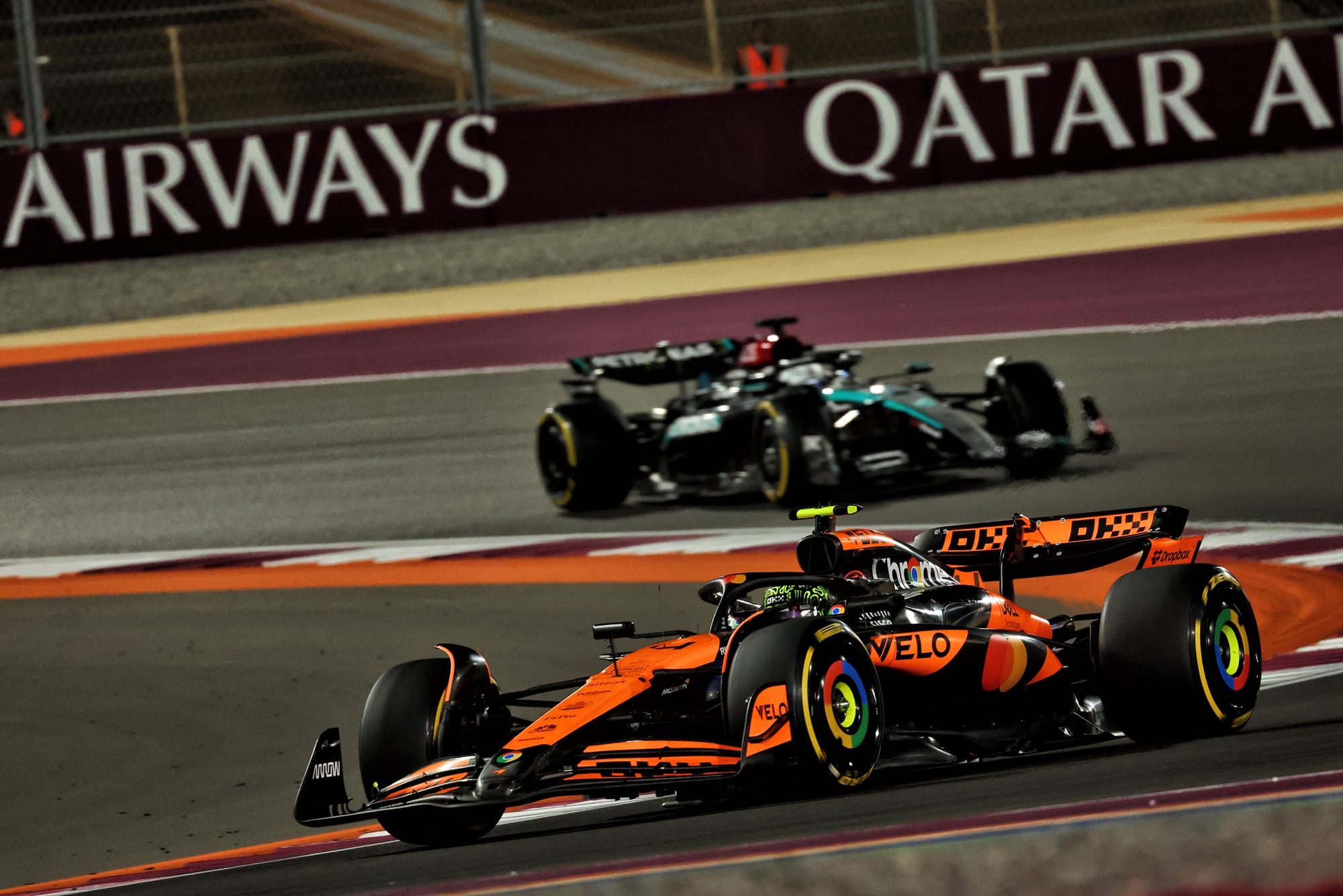
While McLaren and Mercedes have been the leaders in pushing on with their flexi wing designs, the fact that both appear to be quite serene about the changes suggests that they do not feel they will be hampered much by what is coming.
Their understanding of flexi wing technology means that they will still carry forward any benefits they had with their designs in the early races – and probably be decently placed to run a less aggressive solution from Barcelona without it hurting them too much.
They have had a big head start in understanding how best to extract performance from flexi wings, and they will know exactly where to pitch things from Barcelona onwards in nailing the new limits.
Judging how Ferrari and Red Bull shake out from this FIA move is more intriguing – because there is a sense that they fall into the camp of being both winners and losers from all this.
There had been some suggestions floating around that Red Bull had been left ‘furious’ by the latest flexi wing development amid the idea it had been stitched up by the timing.
However, this is understood to be wide of the mark – as it like Ferrari well knew what was coming. Both have been well-prepared and on the front foot with how they have targeted their car development and what their battle plan going forward is.
But it would be wrong to suggest that these two teams are entirely happy with the way that everything has played out, because the FIA’s latest response has triggered some lingering questions about why the governing body did not step in to take this action during last season when the flexi wing row was at its peak.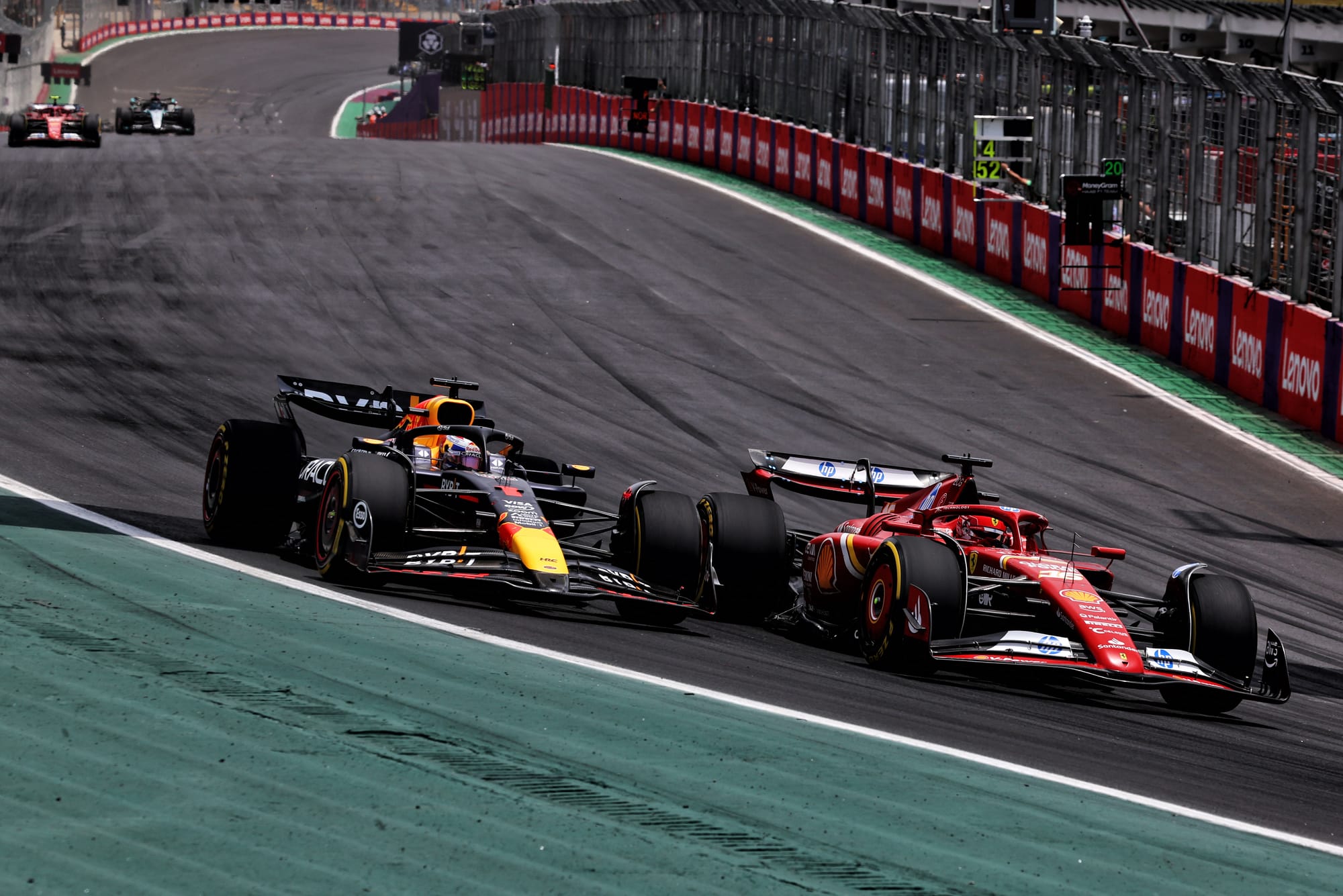
It was Red Bull and Ferrari’s lobbying of the FIA last summer over the flexi wing antics that was the catalyst for the increased monitoring of what teams were doing that began at the Belgian Grand Prix just before the summer break.
However, hopes of stricter flexi wing tests, or moves to outlaw what some teams were doing as a result of those findings, never materialised.
It is understood that there were indications that the FIA was going to do something around the time of the Singapore Grand Prix in September, but this suddenly fell away for unspecified reasons.
Some cynics have suggested that the motivation to do something that would help Red Bull and Max Verstappen’s title hopes at the time may not have been so strong after the fallout of the swearing controversy and the Dutchman’s antics in the FIA press conferences that weekend. However, that would be a very hard one to prove.
The real-world implications
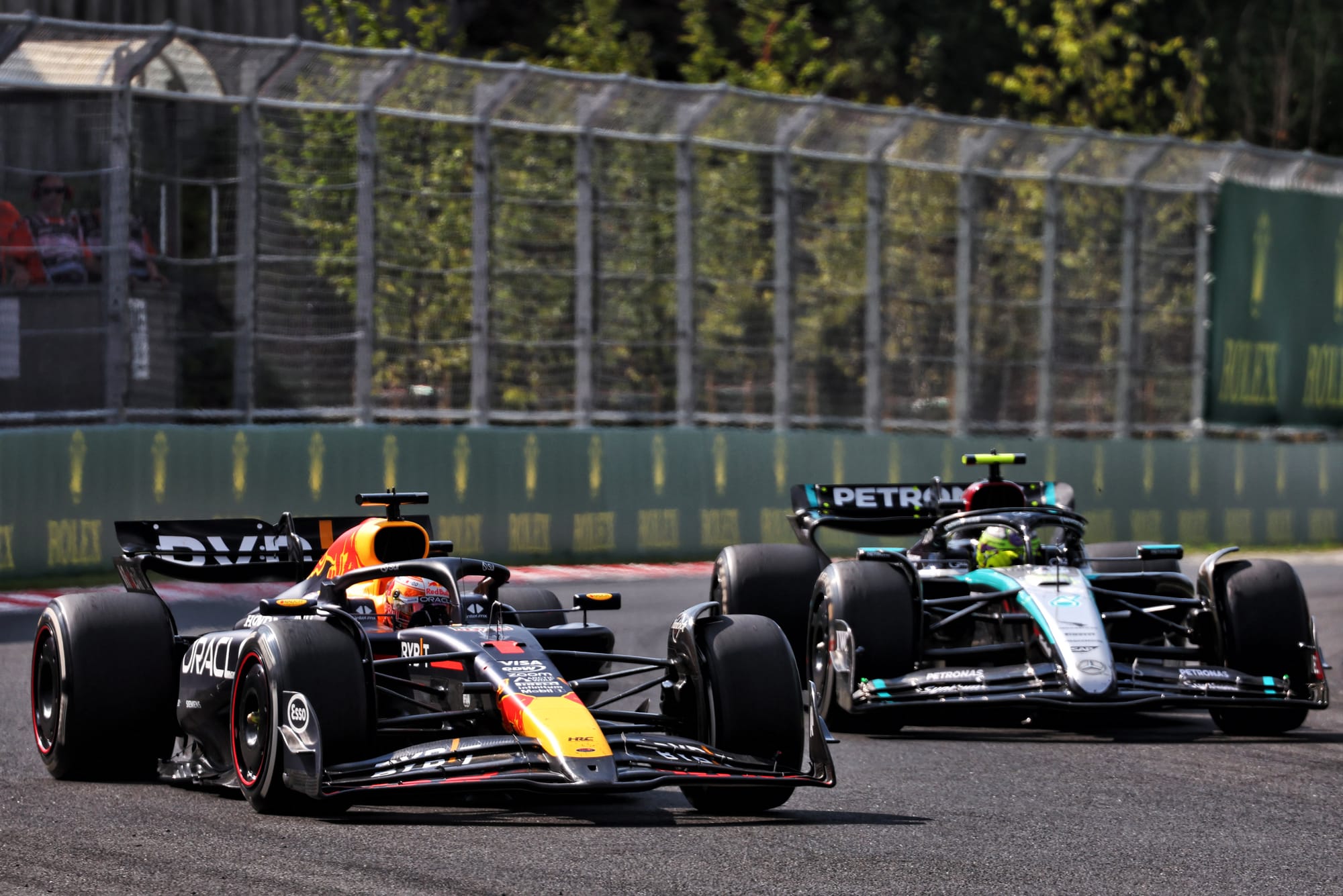
Whatever the reality of why the FIA chose not to do anything last year, but has decided to do so now, the end result is that the F1 2025 title fight could well turn out to be a battle of two halves.
The changes coming for Spain, that effectively reduce the tolerances for aeroelasticity by one-third, are not suddenly going to dump race winners to the back of the field.
However, when things are as close as they are expected to be this year, any change in how cars behave – no matter how small – could end up being enough to tilt things in favour of one team over another at the front.
That could be especially true if a minor shift in balance characteristics suddenly makes the handling awry, or brings back porpoising problems – and drivers find their confidence in the car is shot.
Right now, we do not know if McLaren and Mercedes will be best set to exploit the smaller tolerances that are allowed because they have a headstart in understanding the forces at play, or if Ferrari and Red Bull stand to gain the most because the ceiling of what is possible has been pulled back for everyone, so it is easier to catch up.
One thing is certain, though.
Despite the FIA’s explanation of it taking action now to ensure that bodywork flexibility is “no longer a point of contention”, it looks like the topic is going to be a huge talking point over the first half of the year – and potentially even longer if the title battle is suddenly turned on its head.











































